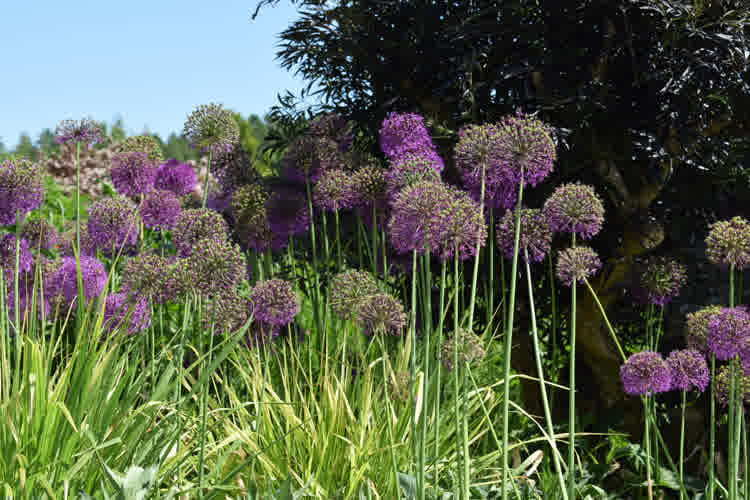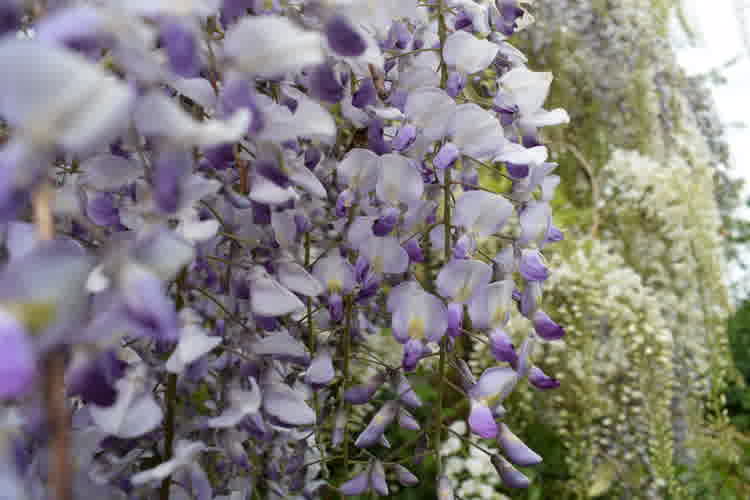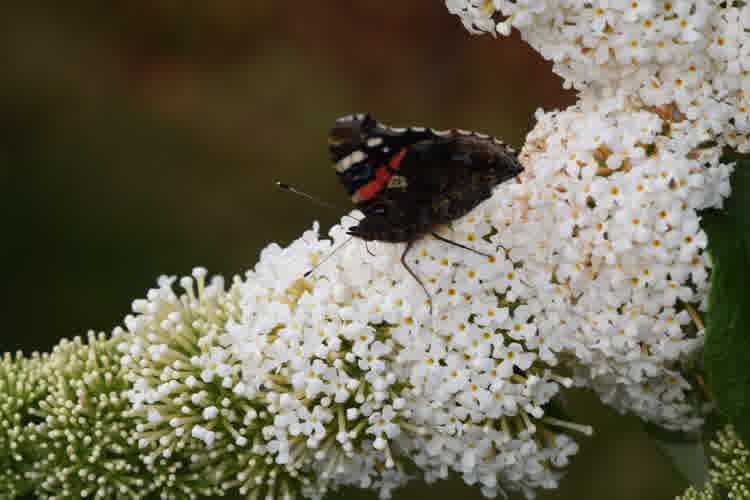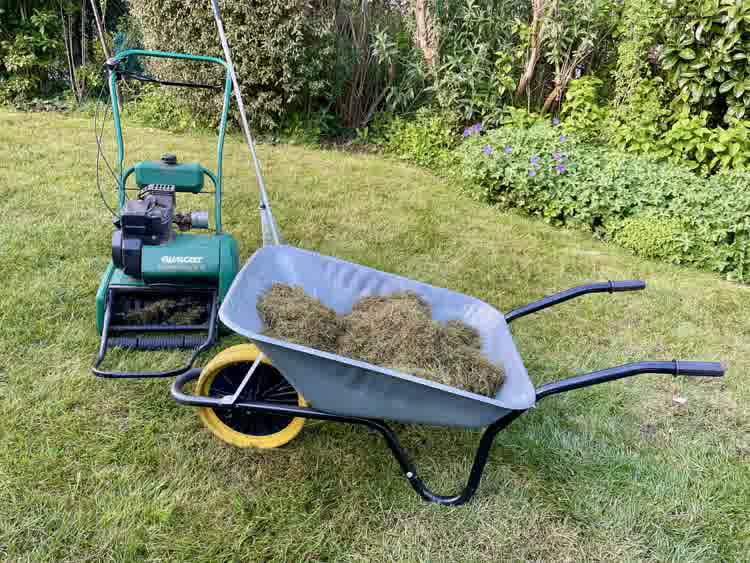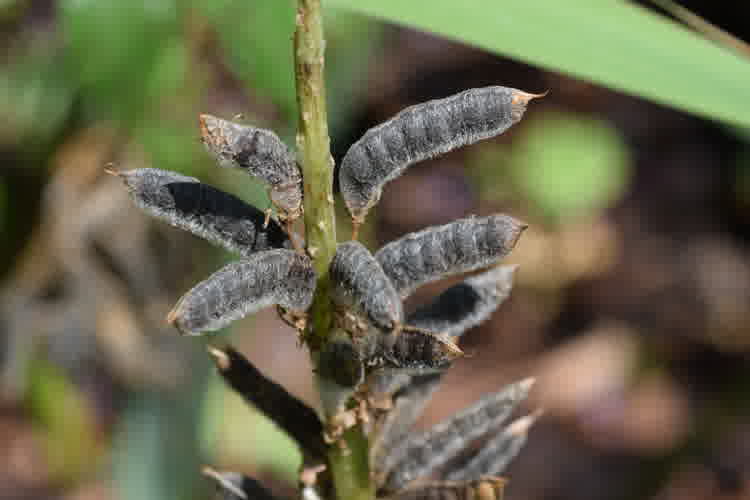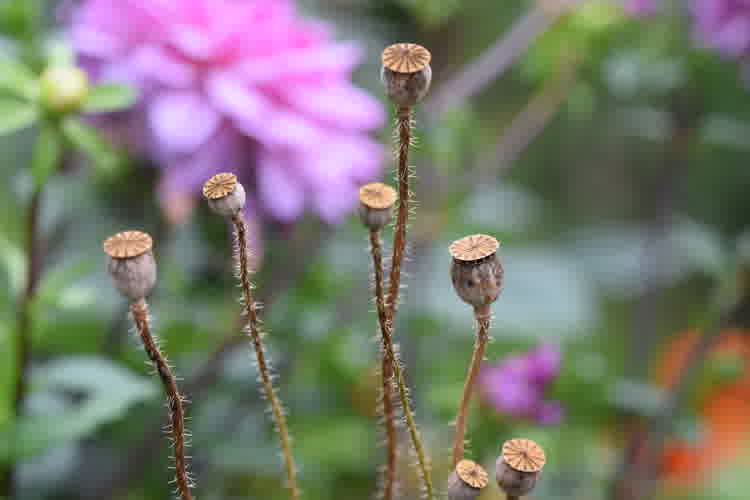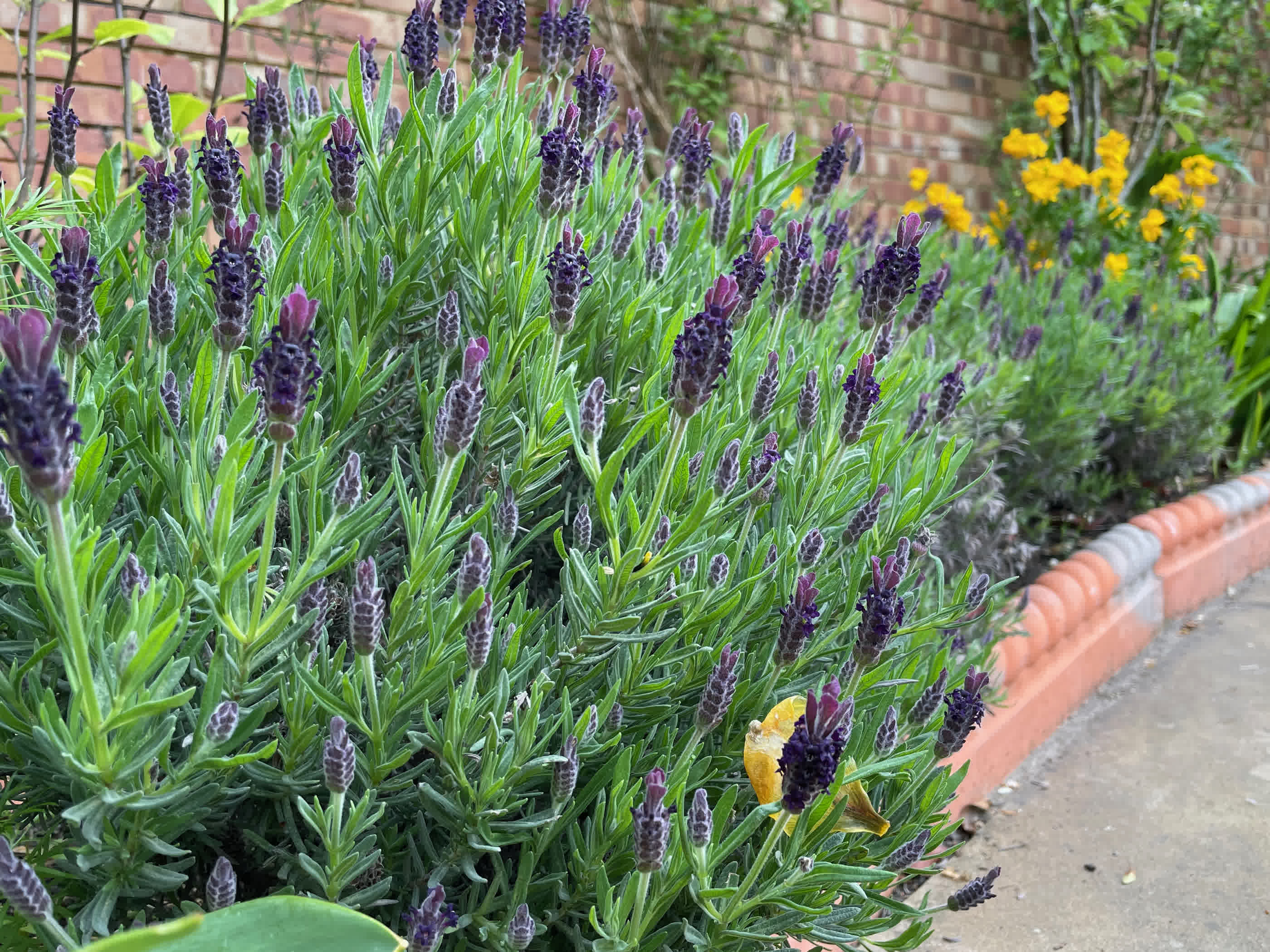
Lavender
Table of Contents
Varieties
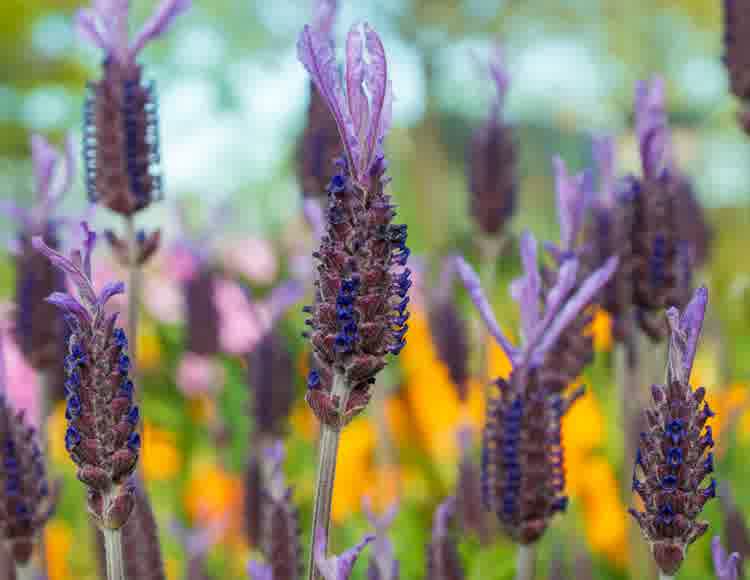
A member of the mint family, there are multiple varieties of lavender, varying in scent and appearance.
The two most common varieties of lavender grown are English lavender and French lavender.
English lavender is the hardier of these two types, able to survive temperatures down to around -15C.
Hardier, English lavenders can be left outdoors throughout the winter, making them the better choice for small hedging shrubs, planting along borders, or simply grown anywhere as perennial plants.
French lavender is hardy down to around -2C to -5C.
The tender and less hardy types of lavender, such as French and Spanish lavenders, are better suited grown in pots, where they can be bought indoors throughout the winter or grown in flower beds as annuals.
Most lavender plants grow to around 2ft tall.
Most lavender varieties have purple flowers. However, there are also other colour variations, such as white and pink.
Lavender is a perennial plant, but as mentioned, some are less hardy than others.
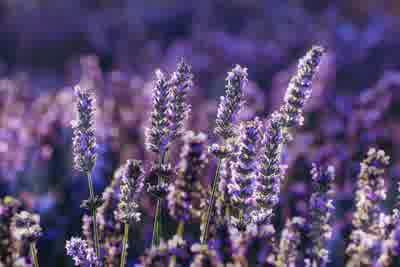

Planting
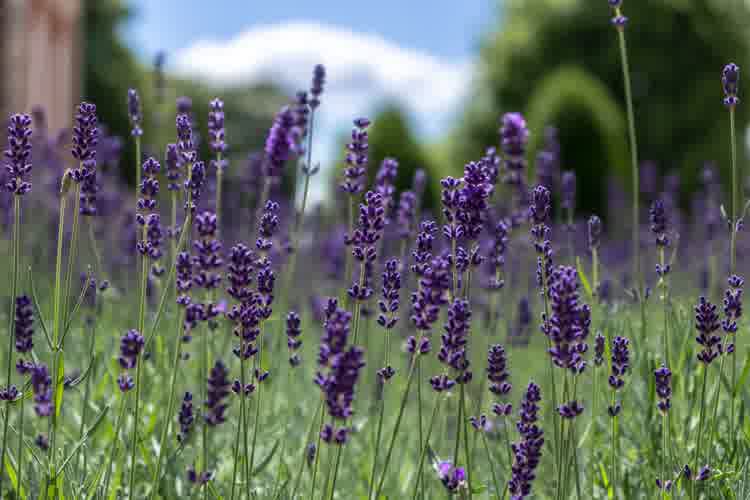
Lavender will do best in full sun in well-draining soil.
They do not do well in heavy soils that do not drain well, such as clay, making them susceptible to root rot.
Lavender grows best in neutral or slightly alkaline soil. However, some varieties, such as French lavender, will tolerate slightly acidic soil.
The best time to plant lavender is between late March to May.
Planting lavender is quick and simple, once you've found the perfect location for your plant, place it into a hole roughly the same depth and width as the pot it is in.
How you space your lavender plants will depend on your goal. When planting lavender as small hedging or as borders, space them just over a foot apart. Otherwise, aim for between 2-3ft.
There is no need to add fertiliser. Lavender prefers poorer or moderately fertile soils lacking in nutrients. Fertilising lavender can lead to excessive foliage growth and few to no flowers.
Once planted, water well, ensuring the water drains.
Lavender is drought-tolerant and will do well in drier soil. However, less established plants that have been planted in the current season will benefit from regular watering, but never allow them to sit in standing water. After the first year, there is no need to water them regularly (see Ongoing Care).
Ongoing care
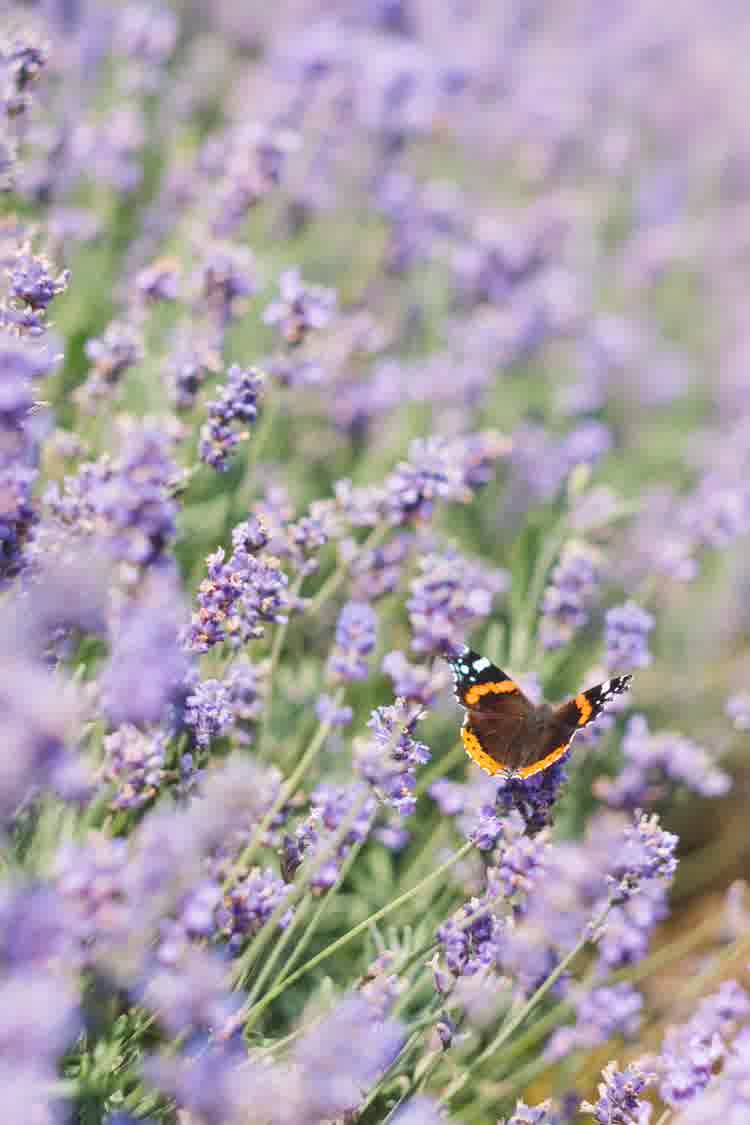
Lavender is a fairly low maintenance plant. It is drought tolerant and therefore shouldn't require regular watering unless there are prolonged spells without rain, and the ground becomes extremely dry.
Plants growing in containers will require some watering as the soil in the pots will dry out faster than the ground. Allow the soil to dry between watering. There isn't a need to keep the soil damp.
As mentioned in the prior section, lavender is well suited in poorer, less fertile soil. As such, there isn't a need to regularly fertilise lavender, if at all, and doing so, especially with high nitrogen fertilisers, can cause your plant to produce fewer flowers. Some people will use a high potash fertiliser once in spring at the start of each growing season, which may lead to increase flower yield.
Pruning lavender is one of the few maintenance tasks you will need to do.
Deadheading spent flowers will encourage more to grow and will help keep the plant bushy and less woody. Deadhead the flowers by removing the whole flower plus around 1 inch of the current year's growth. Do not prune into old prior season growth, as lavender will not readily shoot from the older woodier growth.
Hardier varieties of lavender shouldn't need any special care for the winter and can usually service temperatures as low as -15C.
Less hardy varieties, like French and Spanish lavender, may need some care to be overwintered. Potted plants can be bought indoors or in areas less subject to the cold. They are hardy down to around -2C. Plants which are in the ground will have a better chance of surviving the winter if the soil can easily drain. When planting, consider adding horticultural grit to the soil to improve drainage.
Pest and diseases
Lavender tends to be one of the tougher resilient plants and is relatively problem free.
However, as with all plants, issues can arise.
Pests
Cuckoo spit looks like a white, frothy mass of foam, which looks quite like saliva.
This "spittle" is produced by the nymphs of the froghopper bug - also known as spittlebug.
They excrete this frothy liquid as they feed, sucking sap from the plants, which can be seen from spring to summer.
The tiny nymphs live within the spittle. They are white and progress to green as they grow.
It is not necessary to control these bugs as they are unlikely to cause damage to your plant. If you must remove them, you can spray them with a hose or remove them by hand.
Rosemary beetles are rather beautiful-looking insects. These shiny beetles are brightly coloured, with green and purple longitudinal stripes. They are around 6-8mm in length. The larvae are grub-like. They are grey with dark stripes and can be up to 8mm long.
Both the larvae and adult beetles feed on the leaves of various aromatic plants, such as rosemary, thyme and lavender.
Symptoms include the leaves being eaten away and turning brown.
They are seen from late spring to late summer.
To control these bugs, removing them manually will usually suffice. Shake or brush them off the plant, collecting them in the process by laying newspaper underneath.
Diseases
This can be caused by overwatering or plants sitting in heavy waterlogged soil. Symptoms include wilting, and discolouration of foliage which can turn yellow and then brown.
Root rot can be fatal to the plant. However, if you detect root rot early enough, you should remove all affected areas and then replant in a more suitable location. Such as sunny well draining parts of your garden.
